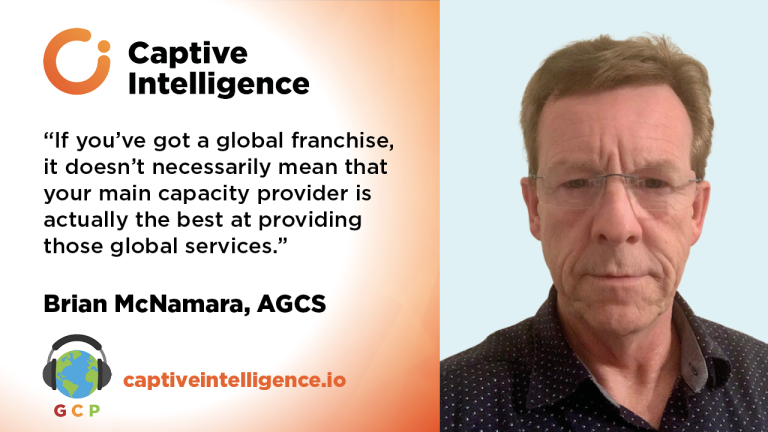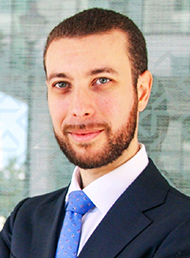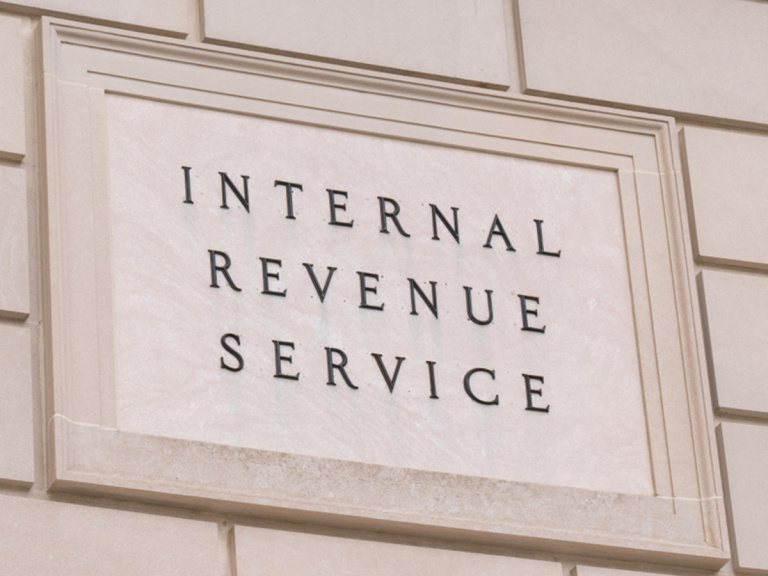The rising popularity of unbundled fronting services for captive insurance companies is playing to the strengths of Allianz Global Corporate & Specialty, according to Brian McNamara, regional head of multinational, North America and global head of captive solutions at the carrier.
Speaking in an interview on GCP #88, McNamara outlined AGCS’ recent investment and further expansion into the captive space aligned with the group’s broader efforts to be a bigger player in the multinational market.
The insurer has had a significant presence in the captive market for the past decade or so through Allianz Risk Transfer (ART) and AGCS in both fronting and structure reinsurance programmes, but the rise in demand for captive services during the hard market has called for further investment and reorganisation.
AGCS has made a string of high-profile hires to lead multinational and provide captive services over the past 12 months, including Guy Money as global head of multinational business.
The carrier also brought in Salil Bhalla as a global captive fronting manager in Europe, added Nick Troxell, formerly global risk financing manager for Nike, to the fronting team and moved Jayesh Patel internally to global head of multinational market practice.
McNamara said the reduction in capacity and appetite in certain lines from the commercial market had pushed large multinationals “against the wall”, which has led to a greater utilisation for captives and more demand for unbundled fronting on global programmes.
“The unbundled fronting has been around for many years,” he added.
“It started really with the energy companies with established captives in Bermuda 50 years ago.
“I think what we are promoting and some of our competitors are promoting is the fact that you can unbundle the captive fronting services. If you’ve got a global franchise, it doesn’t necessarily mean that your main capacity provider is actually the best at providing those global services.
“It’s becoming more prevalent now, and obviously we want to capitalize on that and provide those services.
“Obviously there’s a high barrier to entry for doing it on a global basis, there’s probably five companies that can do it globally. We believe we’ve got the largest franchise, which includes our network partners globally of over 200, and I think we’ve got the biggest owned network as well. So that obviously plays to a strength that we’ve got.”
With the rise in demand for unbundled fronting, meaning the front is retaining no risk and ceding 100% to the captive, there is also increased possibility for bespoke wordings and more innovative coverage.
Although not a fronted programme, Captive Intelligence revealed in December that AGCS had worked with Meta on a Side A ‘Laser DIC’ policy backed by its captive.
“Traditionally, we have specialised in basically manuscript customized wordings for our clients,” McNamara added.
“We will essentially provide a multi-line policy and that’s not stapling five or six policy wordings together. It’s actually crafting a multi-line policy.
“We also try to have a global aggregate limit on that policy, and then also we’ll do it over a multi-year period. Generally, three to five years.
“It gives the risk manager some security that there’s continuity there. We have one client where we have seven lines of business in over 80 countries. Obviously putting together and crafting that programme initially is not easy, there’s a lot of work that goes into it, but once it’s up and running it’s a very effective programme for the risk manager to have.”
Listen to the full interview with Brian McNamara, regional head of multinational, North America and global head of captive solutions at AGCS, on GCP #88, either on the Captive Intelligence website or on any podcast app















